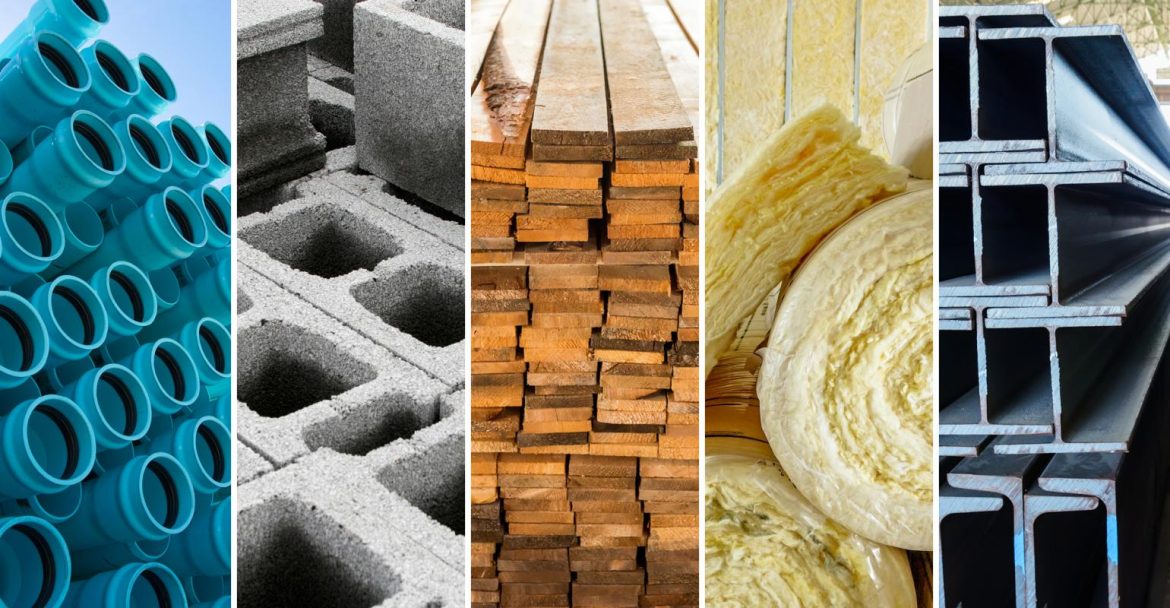As the global economy continues to grapple with the aftermath of the COVID-19 pandemic, one question that has been on the minds of many in the construction industry is, When will building materials go down? This question is not only pertinent to industry professionals but also to homeowners, real estate developers, and investors who are keenly watching market trends.
The cost of building materials has been on an upward trajectory for several years now, with a significant spike in 2020 and 2021 due to supply chain disruptions caused by the pandemic. However, predicting the exact timing of a downturn in prices is a complex task that requires a deep understanding of various factors influencing the global and local markets.
One of the key factors that influence the price of building materials is the state of the global economy. In periods of economic growth, demand for building materials typically increases, pushing prices up. Conversely, during economic downturns, demand usually decreases, leading to a drop in prices. Therefore, keeping an eye on global economic indicators can provide some clues about future price trends.
Another critical factor is the supply chain. The pandemic has highlighted the vulnerability of global supply chains, with disruptions leading to increased prices for many building materials. As the world gradually recovers from the pandemic, it is expected that supply chains will stabilize, potentially leading to a decrease in prices. However, this is contingent on a smooth recovery process, which is still uncertain given the ongoing impact of the virus.
Commodity prices also play a significant role in determining the cost of building materials. For instance, the price of lumber, a key building material, is heavily influenced by the price of timber. Similarly, the cost of steel is linked to the price of iron ore. Therefore, monitoring commodity markets can provide valuable insights into potential price movements.
Government policies, particularly those related to trade and tariffs, can also impact the price of building materials. For example, tariffs on imported steel can drive up domestic steel prices. Therefore, keeping abreast of policy changes in key producing and consuming countries can help predict future price trends.
In conclusion, predicting when building materials will go down in price is a complex task that requires a multifaceted approach. While it is impossible to predict with absolute certainty, keeping a close eye on economic indicators, supply chain dynamics, commodity prices, and government policies can provide valuable insights. As we navigate these uncertain times, staying informed and adaptable will be key to successfully riding the tides of the building materials market.

